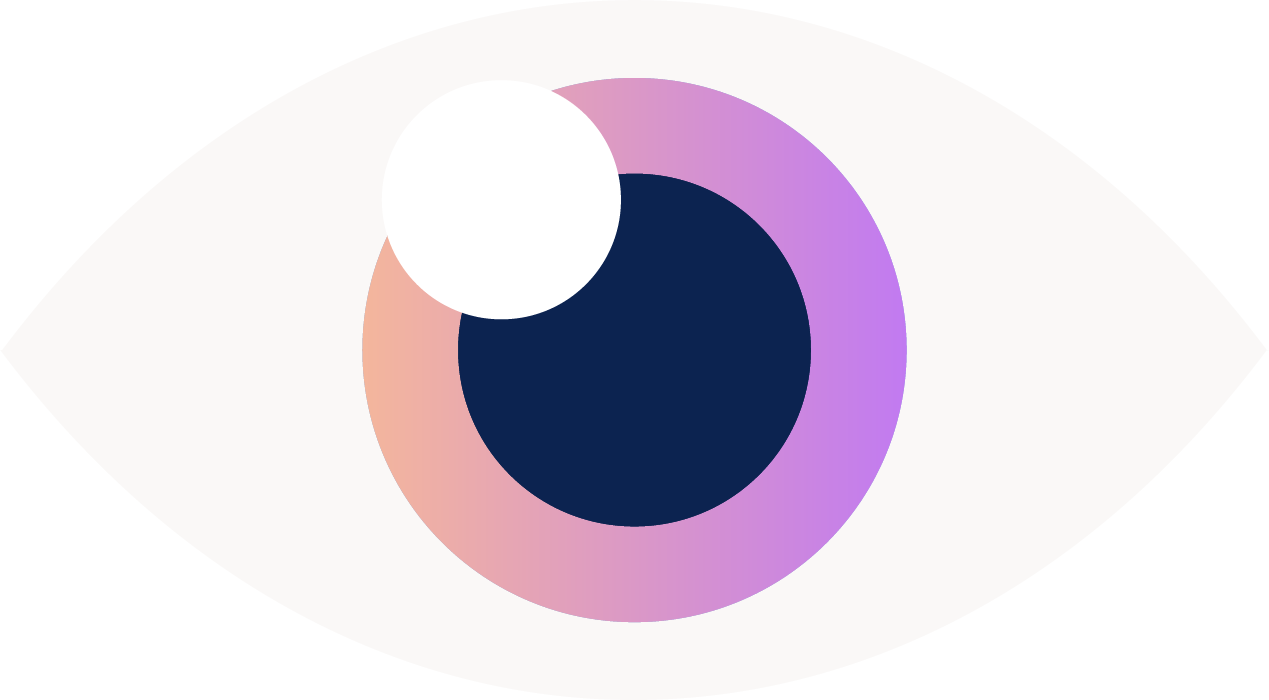Why You Shouldn't Pop That Stye
As an ophthalmologist, I often encounter patients seeking quick fixes for eye issues. One common concern is the stye—a red, tender bump on the eyelid that resembles a pimple. While it might be tempting to treat it like a skin blemish, it's crucial to understand what a stye truly is and how to address it properly.
Understanding Styes
A stye, medically known as a hordeolum, is a blockage of the oil glands in the eyelid. Unlike infections, styes are typically non-infectious and result from clogged glands. This blockage leads to inflammation, causing the characteristic swelling and discomfort.
The Dangers of Popping
Attempting to pop or squeeze a stye can exacerbate the problem. This action may introduce bacteria into the area, leading to an actual infection or worsening the existing inflammation. Moreover, improper handling can cause the stye to rupture internally, potentially spreading the blockage and leading to more severe complications.
Effective Treatment: Warm Compresses
The most recommended treatment for a stye is the application of warm compresses. The heat helps to liquefy the oil within the blocked gland, promoting natural drainage and healing.
To do this:
Soak a clean cloth in warm water.
Gently place it over the affected eyelid for 10-15 minutes.
Repeat this process several times a day until the stye resolves.
Avoid using makeup or contact lenses during this period to prevent further irritation.
When to Seek Medical Attention
If a stye persists beyond a week, increases in size, or is accompanied by significant pain or vision changes, it's essential to consult an eye care professional. In some cases, medical intervention, such as drainage or antibiotic treatment, may be necessary.
Final Thoughts
While a stye might seem like a minor inconvenience, proper care is vital to ensure a swift and safe recovery. Resist the urge to pop it, and instead, opt for gentle, consistent warm compresses. Your eyes will thank you.


